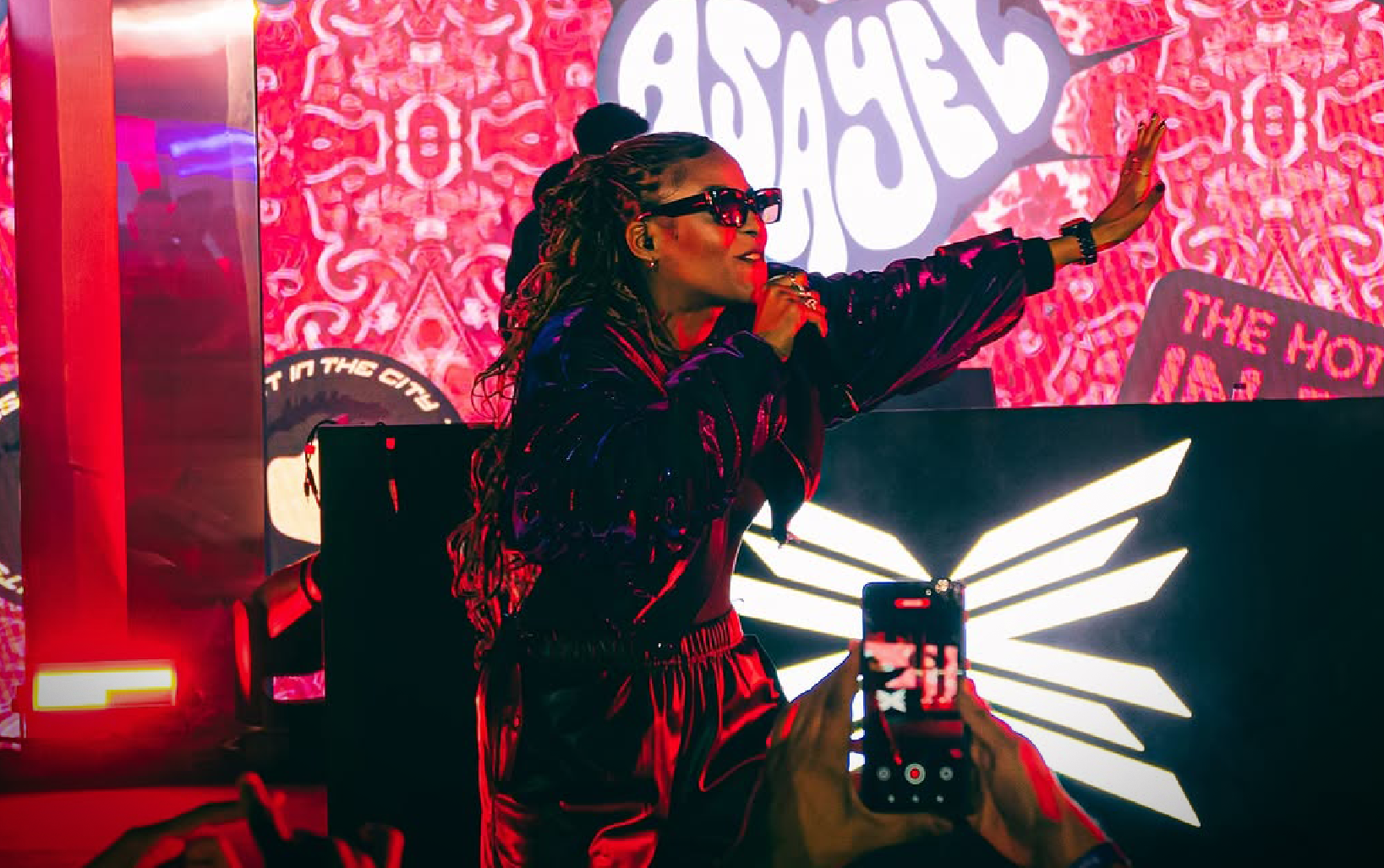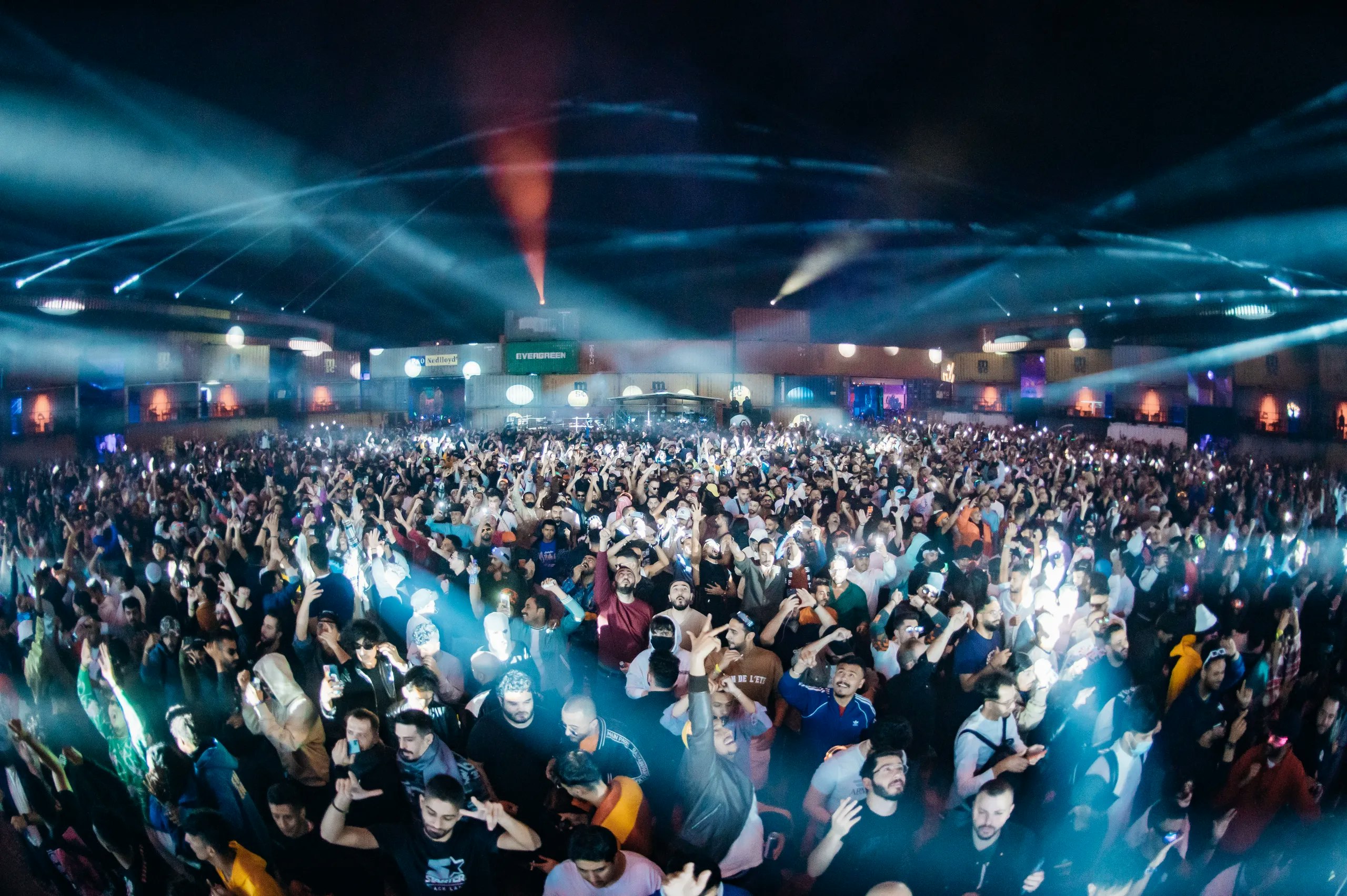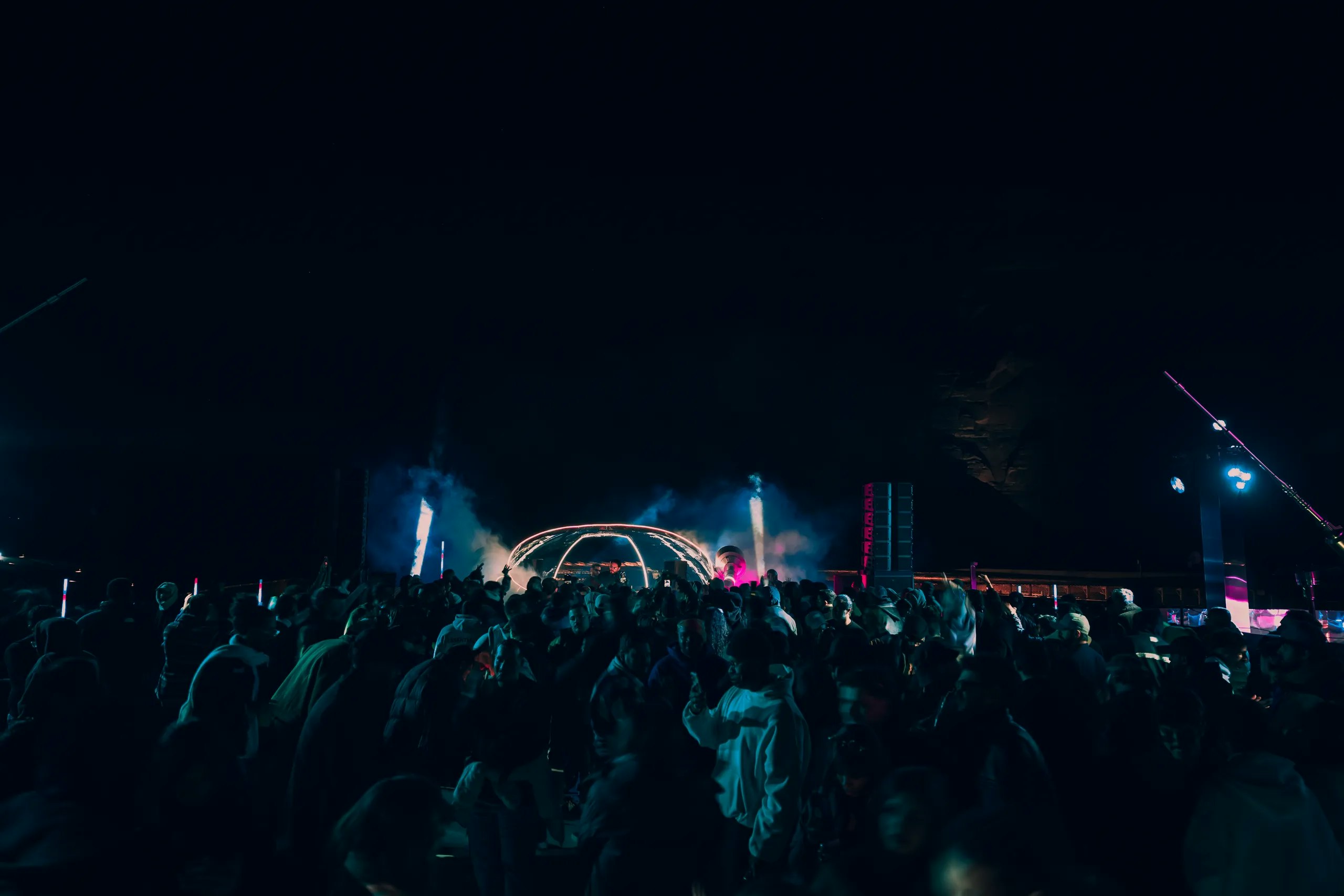

The Evolution of Storytelling in Rap: Unraveling Narratives Through the Years
By MDLBEAST
July 17 2025
The Evolution of Storytelling in Rap: Unraveling Narratives Through the Years
By MDLBEAST
July 17 2025
Since the earliest human expression, storytelling has remained an essential part of every culture. We have witnessed it in every story shared around a campfire or blasted through loudspeakers. Rap continues to be one of the richest forms of storytelling— a powerful medium in many aspects. How did such a glorious form of poetry grow from celebratory anthems to thought-provoking tales about life, struggles, and dreams? Let's embark on an odyssey to unravel the pathway for storytelling in rap.
The Roots: Where Stories Met Beats
Rap emerged from the colorful streets of New York City during the late 1970s, and early 1980s. Tracks such as "The Message" by Grandmaster Flash and the Furious Five weren't just songs; they were portals into the tribulations of urban life. Early rap was extremely representative of an oral tradition that was combined with street culture to produce narratives that resonated with communities often excluded from mainstream media.
These were also the early signs of everything that rap could possibly stand for: not mere entertainment but the voice to educate and inspire. Testifying about the burdens of everyday life became the foundation of rap storytelling— music that spoke truth to power.
The 1990s: The Rap Era Discovered Its Voice
Rap was mainstream by the 1990s, with visionary artists like Nas and Tupac Shakur revolutionizing the art of storytelling in rap.
Illmatic, the first album by Nas, gave life to images that showed life in Queensbridge, New York. Songs such as "Memory Lane" and "The World Is Yours" feel like deeply personal diaries—raw, unfiltered, and intimate. Similarly, “Changes” by Tupac captured the harsh reality of African Americans and blended the personal with the calls for reform.
This period told stories and offered many opportunities to see the world through another person’s eyes. It merged social commentary with personal tales, proving that rap had both heart and voice.
Diverse Stories of the New Millennium
The new millennium brought a shift in rap, making it more varied and personal, with artists like Kanye West and Eminem playing huge parts in this transformation. The “College Dropout” wasn't just beats and rhymes; it was a journey through ambition, failure, and success from a personal perspective. Tracks like "Jesus Walks" didn't shy away from bringing spirituality to the forefront; they showed how rap could deal with deeply personal subjects.
Eminem laid his life bare for the world to see. His track "Stan," for instance, introduced a unique narrative style in songs in which the singer engaged with his audience, similar to a cinematic experience. He mixed dark humor, gut-wrenching emotion, and straight storytelling to redefine the boundaries of what rap could do.
The Modern Masters
In 2010, Kendrick Lamar saw himself as a modern-day griot. His album “Good Kid, MAAD City” is practically that—a musical coming-of-age film. Tracks with titles such as "Swimming Pools" and "Sing About Me, I'm Dying of Thirst" tell tough-honed stories about peer pressure, family, and survival in Compton.
J. Cole's raw honesty in albums like “2014 Forest Hills Drive” brought artists even closer to audiences. His experiences of growing up, fame, and self-discovery strike notes that are made to reverberate through the universal range of human emotion.
Technology's Influence
Digital platforms, such as YouTube and TikTok, have shifted how rap stories are told. Visual representations have become essential in storytelling as artists create video narratives that are equally fascinating to see and hear. Such a combination intensified the experience of storytelling and made rap more immersive than it ever was.
Trends in Rap Storytelling
Personal Narratives
This trend is exemplified by Jay-Z's reflections on life in 4:44 and Megan Thee Stallion's empowering anthems. Each lyric captures lived experiences, turning music into a powerful medium for sharing authentic stories.
Social Commentary
Political and social issues are still the main concerns. A good example of how hip-hop binds art and activism together—the sheer brightness of its images and sharpness of its lyrics—is in Childish Gambino's "This Is America."
Celebration of Identity
Today's rappers make songs to express heritage and identity. Burna Boy and Bad Bunny may not fit the traditional definition of rappers, but they weave rap into their own musical forms—art forms that seem to have been proven borderless by rap.
What comes after that? The Next Chapter of Rap Stories
As technology advances and life becomes less compartmentalized, the strands and storytelling of rap open up into wider visions of the future. These futuristic avenues range from AI-generated beats and virtual performances to cross-border collaborations. Yet, at its core, rap remains deeply rooted in storytelling, reflecting universal human experiences and emotions.
Share this


